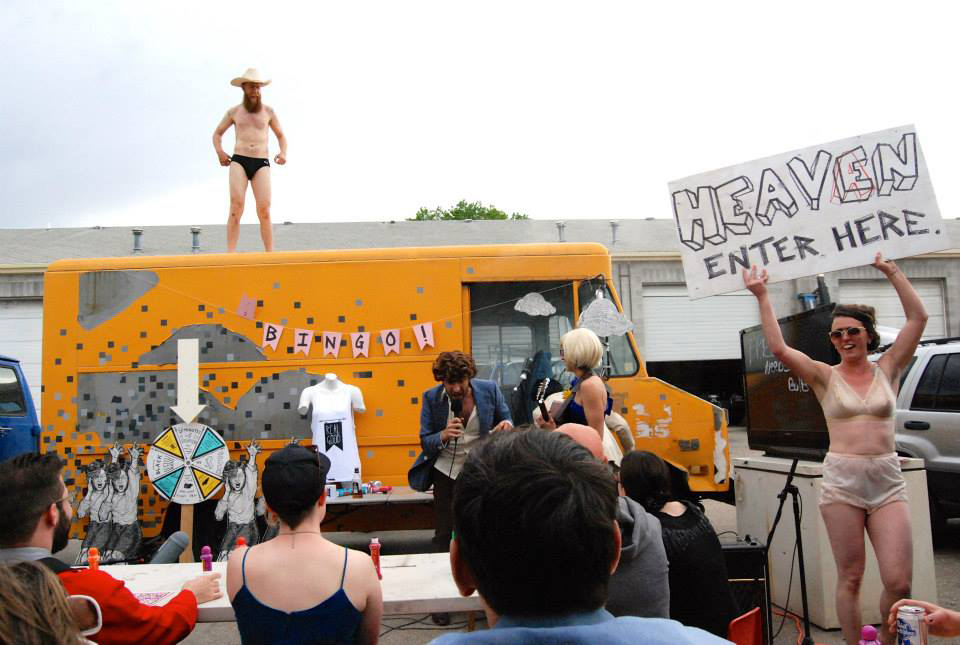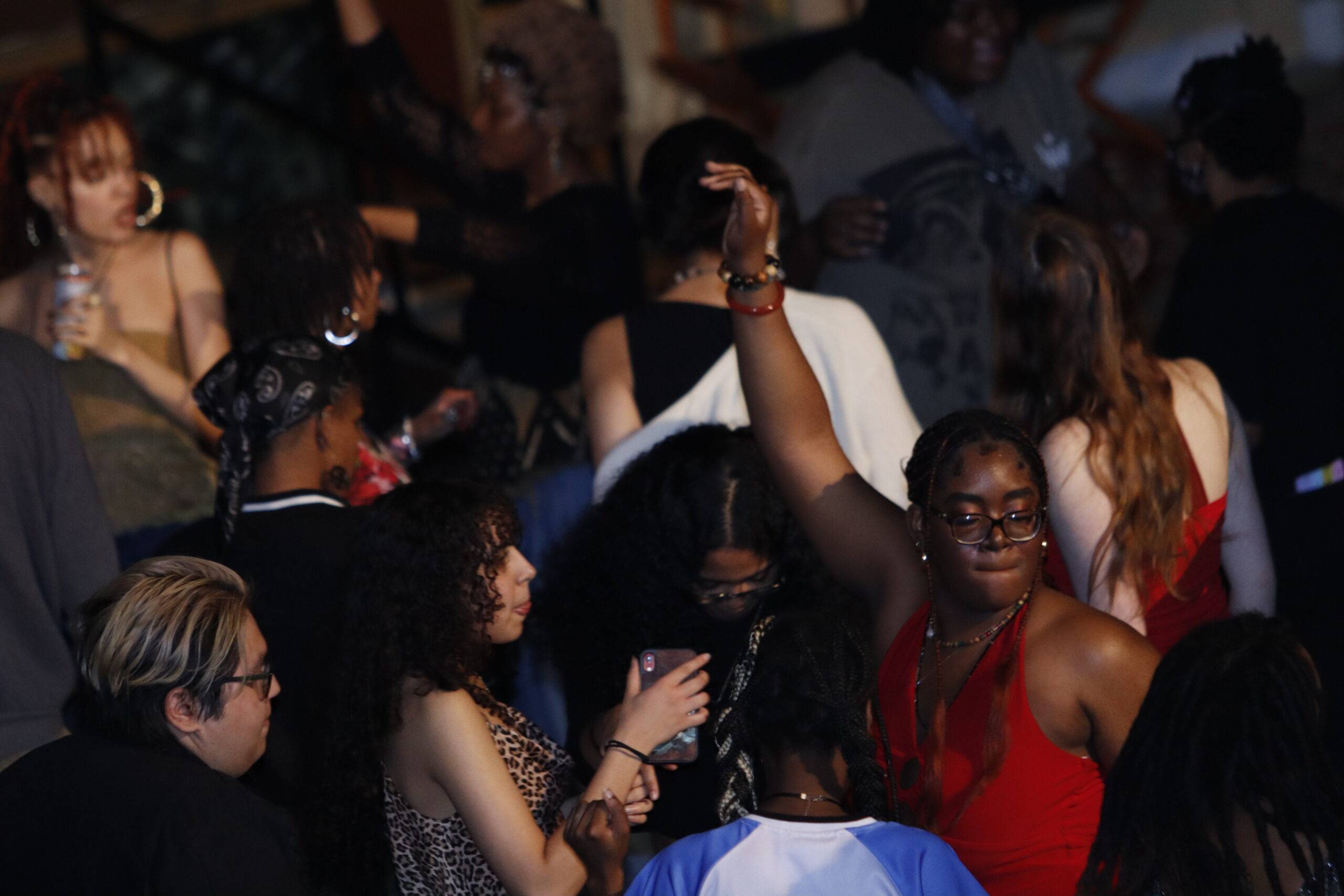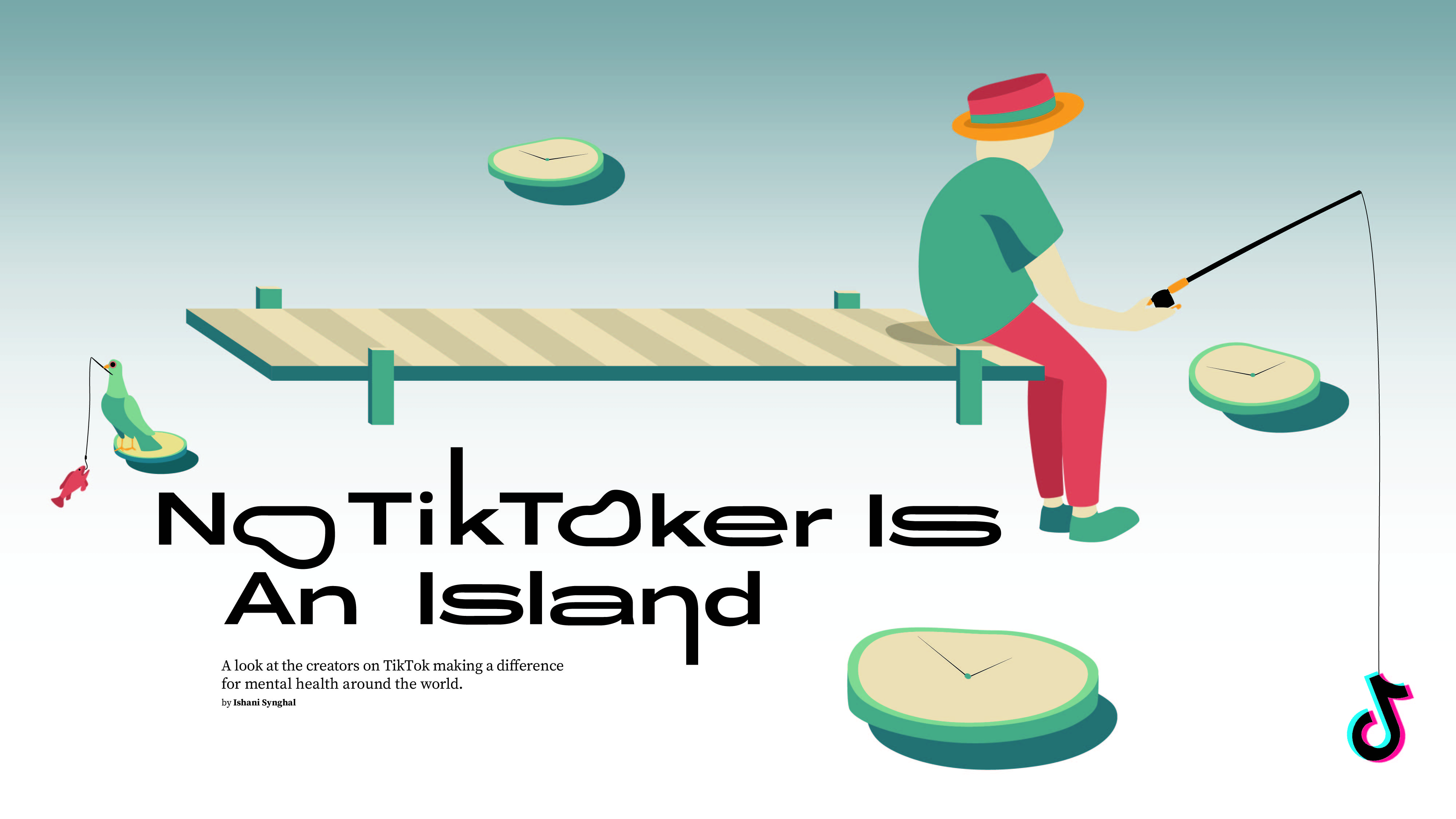
Shane “Coachaine” Rooney dances atop the RealGood art truck as a performance art bingo game takes place at VonCommon’s annual PromCommon festival. Photograph by Marlo Crocifisso.
Whether they want to or not, artists who come to Chicago put themselves in proximity to an art market controlled by a small number of national and international tastemakers. The School of the Art Institute’s (SAIC’s) close relationship with these markets further ties artists who attend or have graduated from the school to this art market scene.
If artists living in cities like Chicago are not interested in making art that taps into that scene, they tend to form more insular communities of their own based on personal, social, or aesthetic ideals. These groups find value in closeness and community.
What about art cultures that create themselves away from major cities? The artists living and making in the VonCommon collective in Missoula, Montana do not seek the national and international art scenes’ attention, yet art remains the central focus of their lives.
Missoula is a small city of 71,000 people, tucked into a valley surrounded by the Rocky Mountains. The collective is made up of 11 artists, who work in diverse mediums: painting, sculpture, ceramics, sound, performance, assemblage, photography, and film/video/new media.
When asked about why they chose to come together, two of the originators, Adelaide Every and Marlo Crocifisso, said they initially hoped to create a democratic art community where every person had an equal voice in how they rented and occupied their studio spaces. The substantial number of actively creating artists in Missoula allow VonCommon to be selective about the people they bring in.
“Obviously, we want to have some quality control. But for the most part, we’ve done pretty well with vetting people before we accept them,” Every said.
“[It’s] more based on process too, because it is a shared space,” added Crocifisso, finishing Every’s thought. “That’s one of the criteria we go over: ‘What’s your process; is it going to fume out everyone here, or cause a bunch of dust …’ Some are not a good fit.”
This is a major concern for the collective because the warehouse they occupy has a very open floor plan. Each artist has a generous studio area, but there are no walls separating the artists from each other.
It is simultaneously a challenge to find the right people who can create in such an open community, and a useful creative tool. Many of the artists working in VonCommon find that they are inspired by seeing what other members are making.
“It’s really nice that we all work in different mediums. We’re all exploring in reference to each other’s work, and having ideas about where we could go, without having [outside] pressure,” said Stephanie Colley, a photographer. Colley sees the line between photojournalism and art photography as getting increasingly thin in contemporary society. She makes her work in response to that pressure.
Being able to create at a distance has been a boon to every VonCommon artist I interviewed. The term “outside” describes the national art market, not the work they themselves are doing.
Crocifisso, a painter, said, “I’ve always felt overwhelmed looking at art books and seeing what artists are doing in major cities; the exhibitions in New York galleries where artists have these full-length ads for their art shows. I try not to look at them. [Art is] always something that’s very personal for me, a visual dialogue I’m not quite able to verbalize.”
Crocifisso’s images are relentlessly contemporary, combining collage and wax transfer techniques to make graphics-inspired images rich in emotional and intellectual content.
Often, art historians and critics categorize “Outsider Art” as art made by self-taught artists who are not working in the artistic establishment. This definition is quite reminiscent of much of the art seen in collections like the Roger Brown Study Collection, or at Intuit.

Adelaide Gale Every. “Drink, my children.” Photograph by the artist.
However, VonCommon can’t be wholly categorized as an Outsider Art collective, because only some of their artists fall in line with the definition. Many of the artists creating in VonCommon have some classical art education and are aware of the popular contemporary art scene. They maintain relationships with both those communities and their smaller ones in Missoula.
“I go to the NCECA (National Council on Education for the Ceramic Arts) conference, which is a clay event that moves throughout the US every year. You get to see all these amazing artists making throughout the entire week. They have gallery shows, and emerging artists, and a bunch of tools for really cheap, which is really good,” said Elisha Harteis, a ceramicist and stop-motion animator.
The art collective has taken the closeness of the town they live in and used it to support their own ideas and interests in art, which creates its own art culture. This is the same phenomenon that exists in pockets all over the world, both rural and urban. These artists have found that they do not need a city to feel close to what inspires them.
“I’m more excited about people turning their surrounding landscape into their own canvas and infusing that with a political landscape as well. It’s a response to the changes in environment, to taking the soul out of communities. Community art is important to me,” said Every. Every uses the history of found objects to make sculptures and assemblages that create a new life for both the objects and the art piece they are a part of.
The VonCommon collective are now applying to be 501c3 non-profit in order to strengthen the financial stability of the collective, as well as do further community art outreach throughout Western Montana.




















